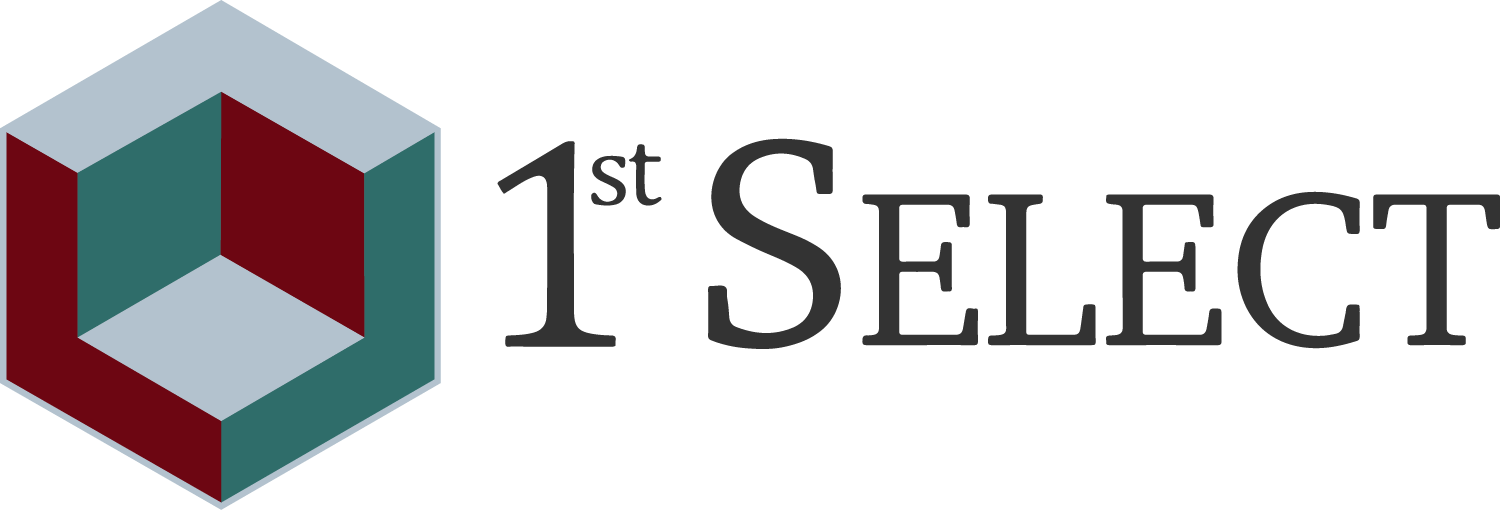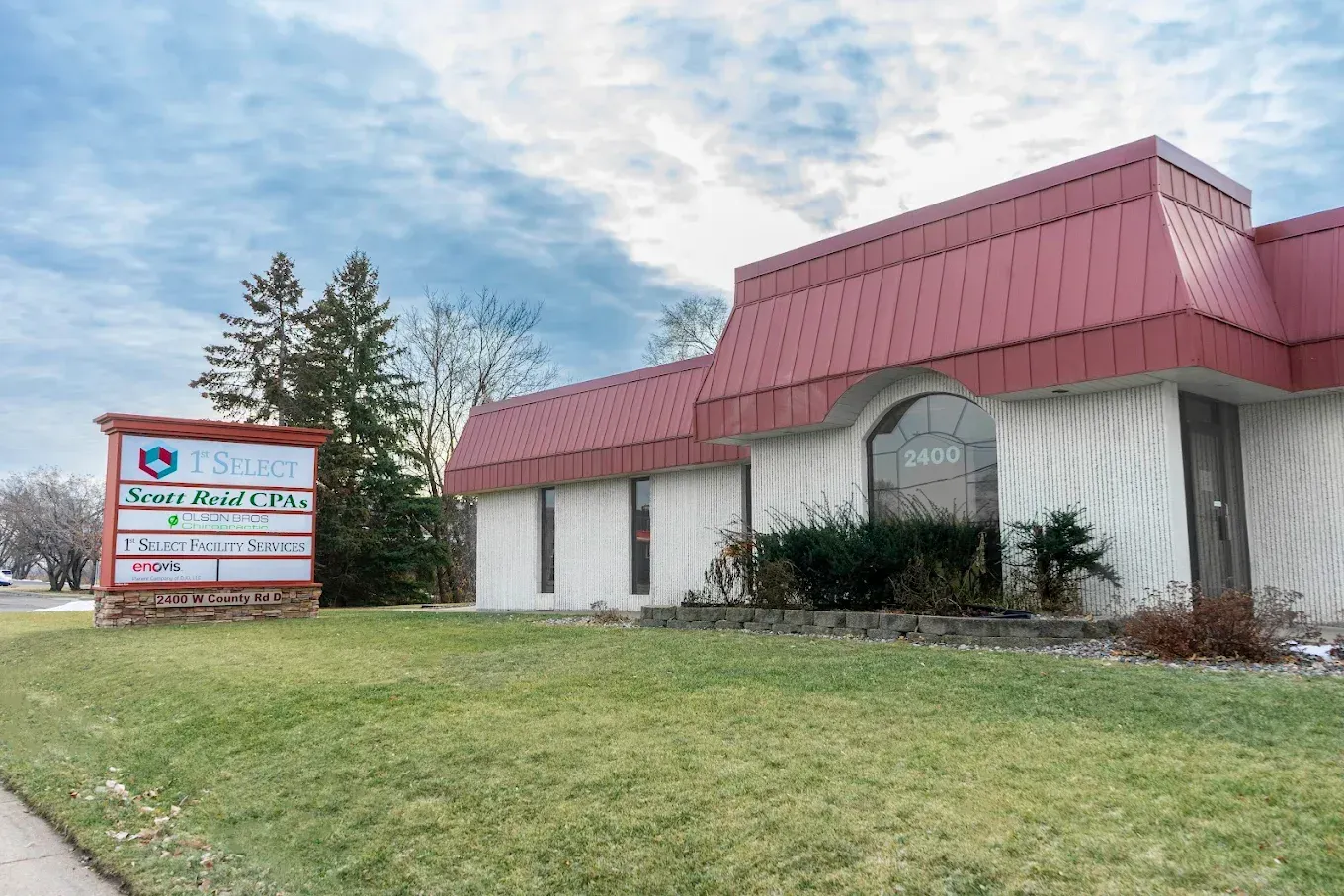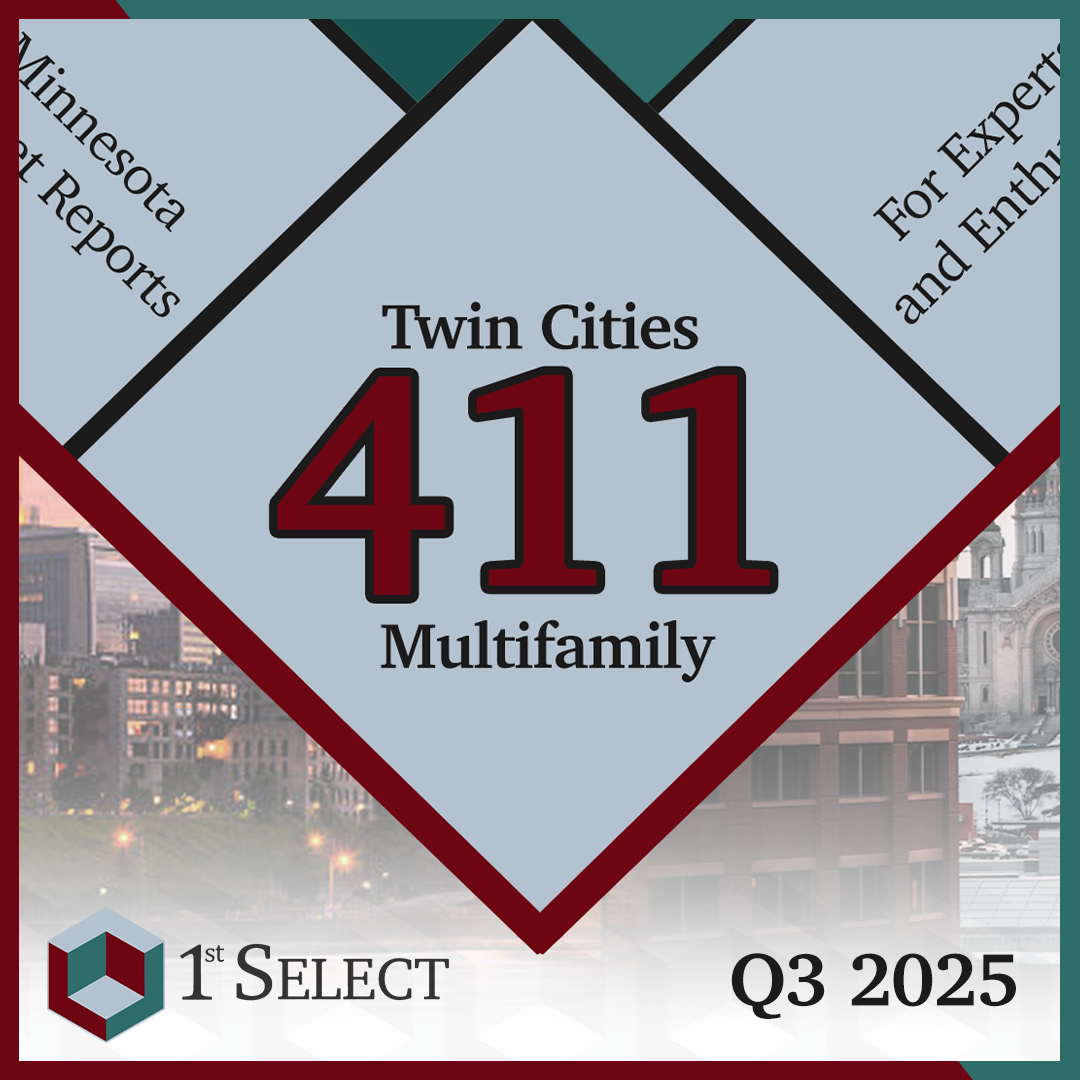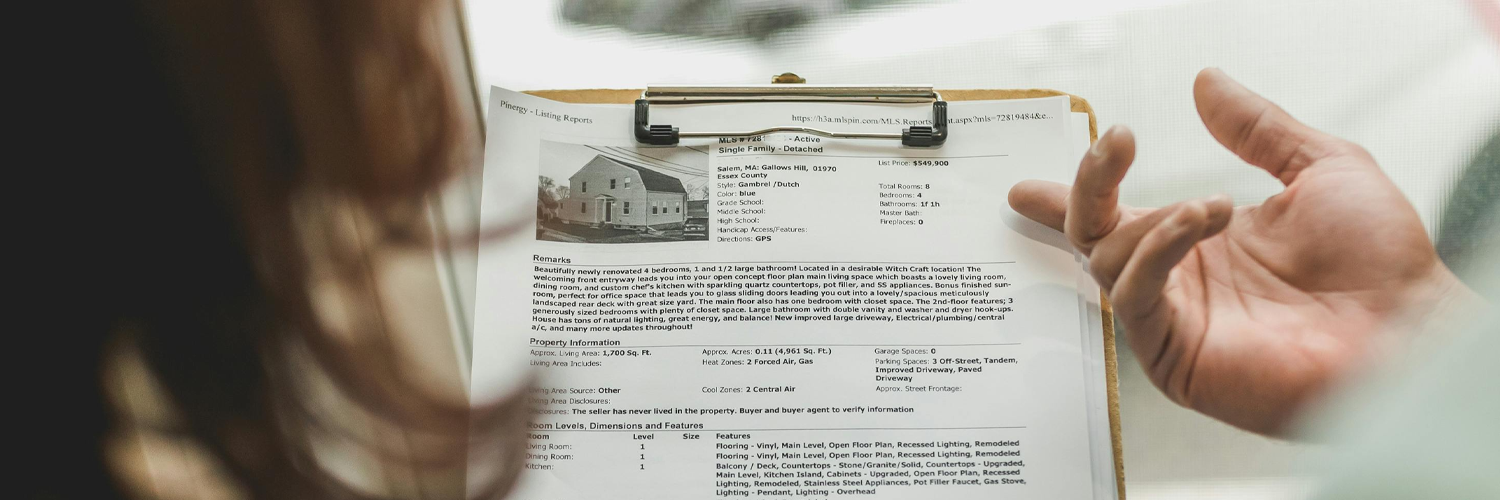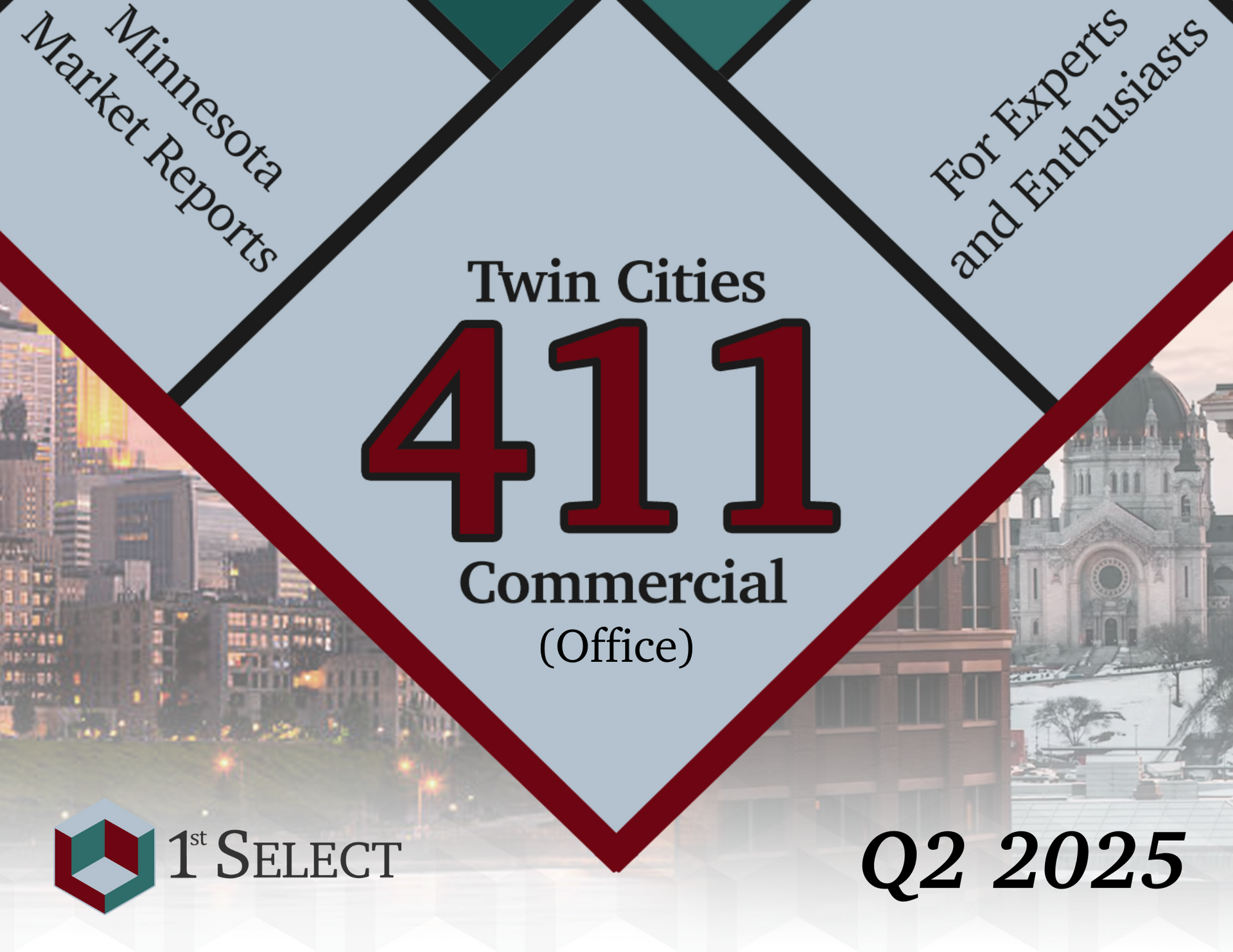Ratio Utility Billing: What Minnesota Owners/Tenants Need to Know About RUBs
Ratio Utility Billing (RUBS) and How It Affects Minnesota Property Owners and Renters

MN passed a new, specific law, regarding Rationed Utility Billing (RUBs) in the 2023 session that took effect on Jan 1, 2025. Prior to 2025, there was a lot of uncertainty surrounding the legal and ethical way to apportion a utility charge across multiple residents and the owner. Much of the uncertainty was cleared up in the 2024 law.
This article will explain what RUBS is, how it works, and the reasoning behind its implementation, tailored specifically for the Minnesota real estate market. Whether you're a property owner looking to streamline utility billing or a tenant wanting to understand your utility charges better, this guide is for you.
What is RUBS?
RUBS, or Ratio Utility Billing System, is a method used to allocate utility costs among tenants based on specific factors such as unit size and number of occupants. Unlike individual metering, RUBS estimates utility usage and distributes costs fairly among residents and the owner.
How RUBS Works
RUBS uses predefined formulas to calculate each tenant's share of utility costs. Here’s a breakdown of how it works for different utilities, referencing the recent legislative changes:
- Water/Sewer: The cost is divided based on the number of occupants in each unit relative to the total number of occupants in the property. Property owners must also account for common use amenities like washing machines, pools and irrigation systems. These common area amenities must have an allocated usage applied in the formulas and paid by the owner.
- Gas (Heat): This is calculated based on the square footage of each apartment. A Common Area Deduction (CAD) is applied to factor out common area heating.
- Electricity: This 2025 law made it illegal to use RUBs to pass on a house meter. The Resident can only be responsible for electricity usage if there is a meter or submeter measuring exact usage.
- Trash. The 2025 law did not specifically address trash.
Let's say we have a property with three units and a total water/sewer bill of $300 for the month. Here's how the costs might be allocated:
Unit 1: 2 occupants
Unit 2: 3 occupants
Unit 3: 1 occupant
Total occupants: 6
Unit 1: (2/6) * $300 = $100
Unit 2: (3/6) * $300 = $150
Unit 3: (1/6) * $300 = $50
However, if the building has any common area water usage, like a washing machine, the owner must allocate some of the water/sewer charges to the owner. The amount was not specified in the law. Whatever an owner chooses, they should be able to justify the amount.
For gas, if the total square footage of the property is 3,000 sq ft and the gas bill is $600:
Unit 1: 1,000 sq ft
Unit 2: 1,200 sq ft
Unit 3: 800 sq ft
Total square footage: 3,000 sq ft
Unit 1: (1,000/3,000) * $600 = $200
Unit 2: (1,200/3,000) * $600 = $240
Unit 3: (800/3,000) * $600 = $160
Similarly, if the building has any heated common area, like interior hallways, laundry rooms, exercise rooms, etc., the owner must allocate the expense of heating that space to the residents. In the example above, we believe you can apply the same costs to the owner on a square footage basis. So, the new formula might have 500 square feet of common area, changing the above formula to:
Unit 1: (1000/3500) * 600 = $171.42
Unit 2: (1200/3500) * 600 = $205.72
Unit 3: (800/3500) * 600 = $137.14
Owner: (500/3500) * 600 = $85.71
Why RUBS?
For property owners, RUBS offers a fair and efficient way to manage utility costs. It helps in recovering utility expenses and encourages tenants to be mindful of their usage. There are many surveys showing a 20-30% decrease in utility usage when Residents are responsible for utility usage. Using RUBs is a cost savings and good for the environment.
For tenants, RUBS ensures that utility costs are distributed equitably. Tenants pay for their proportionate share based on their usage, fostering a sense of fairness and responsibility.
Minnesota-Specific Regulations
As previously mentioned, Minnesota has implemented specific statutes governing RUBS starting on January 1st, 2025. These regulations require property owners to use standardized formulas for utility billing and establish administrative and late fees. Here are some limits specified in the new law:
Administrative Fees: $8/month
Late Fees: $5/month
Utility Recovery Administrative Fee: $15/month (if utilities are not transferred to the tenant's name.)
Implementation and Compliance
Property owners must ensure compliance with Minnesota's RUBS regulations by updating lease agreements and informing tenants of any changes. Tenants should review and sign the new Utilities and Service Addendum to acknowledge their understanding of the new billing methodology.
This regulation has specific required notices, methods of billing, requirements to accept payment plans and more. It is so complex that prominent Minnesota Real Estate law firms have recommended against implementing RUBs. Their concern was that one error may delay or prevent an eviction. To avoid this, you may want to hire a utility management company or let your property manager do it for you. If you want to proceed alone, we strongly recommend you read the legal text below:
https://www.revisor.mn.gov/statutes/cite/504B.216
Conclusion
RUBS is a practical solution for managing utility costs in Minnesota's real estate market. By understanding and implementing RUBS, property owners can ensure fair billing practices, and tenants can enjoy transparent and equitable utility charges. Non-compliance with these regulations can result in significant penalties, including fines and legal actions. For any questions or further information, property managers are always available to assist.
Still feeling overwhelmed or have more questions about how RUBS will affect your investment property? Give 1st Select Property Management a call and discover how we assist clients with legal changes every day.
Share this post
Still Have Questions? Just Want to Chat?
The 1st Select Difference
Managing your investment property shouldn't be a headache when there are experts to help you located right in Minnesota. Servicing the Twin Cities metro and beyond, 1st Select works with owners to define their goals and success, and then we build a plan specific to reaching your success. That's the 1st Select Difference.
We know that the investment journey is a long one, and it doesn't start with management. This is why we are a full service real estate firm capable of handling brokerage, management, and maintenance for commercial and multifamily investment properties. No matter where you are in your investment journey, 1st Select is here to help.
Click to learn more about us and our proven process for success!


